Chenopodiaceae on:
[Wikipedia]
[Google]
[Amazon]
Amaranthaceae is a family of
 Most species in the Amaranthaceae are annual or
Most species in the Amaranthaceae are annual or 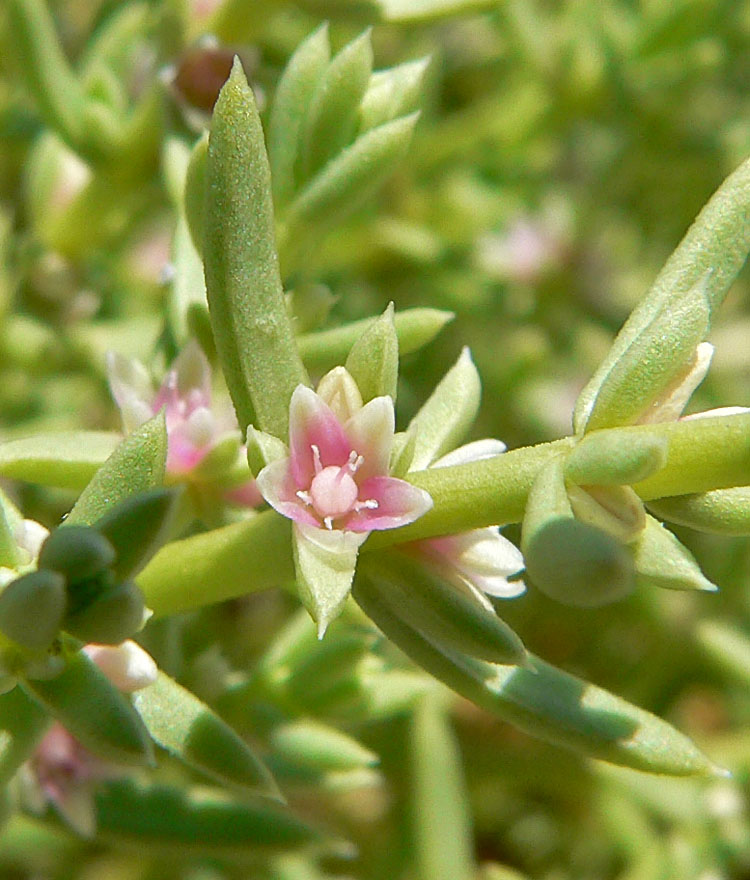

 The
The
List of allergic plants in family Chenopodiaceae at pollenlibrary.com
/ref>
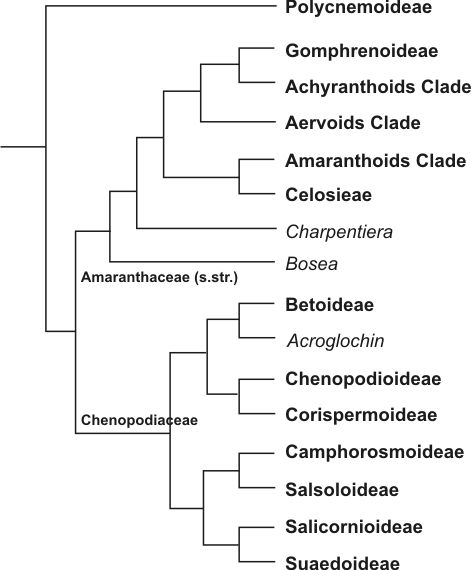

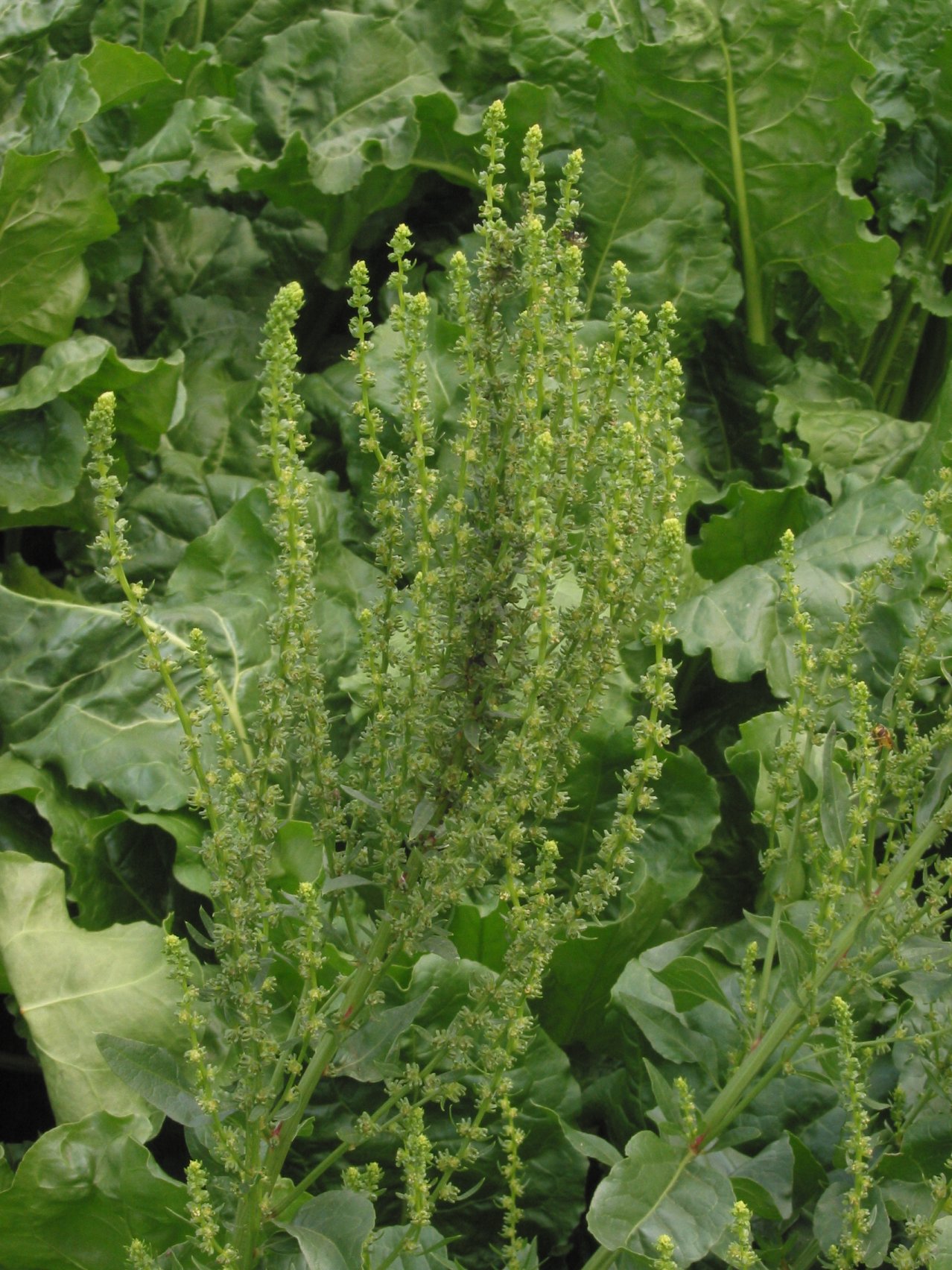
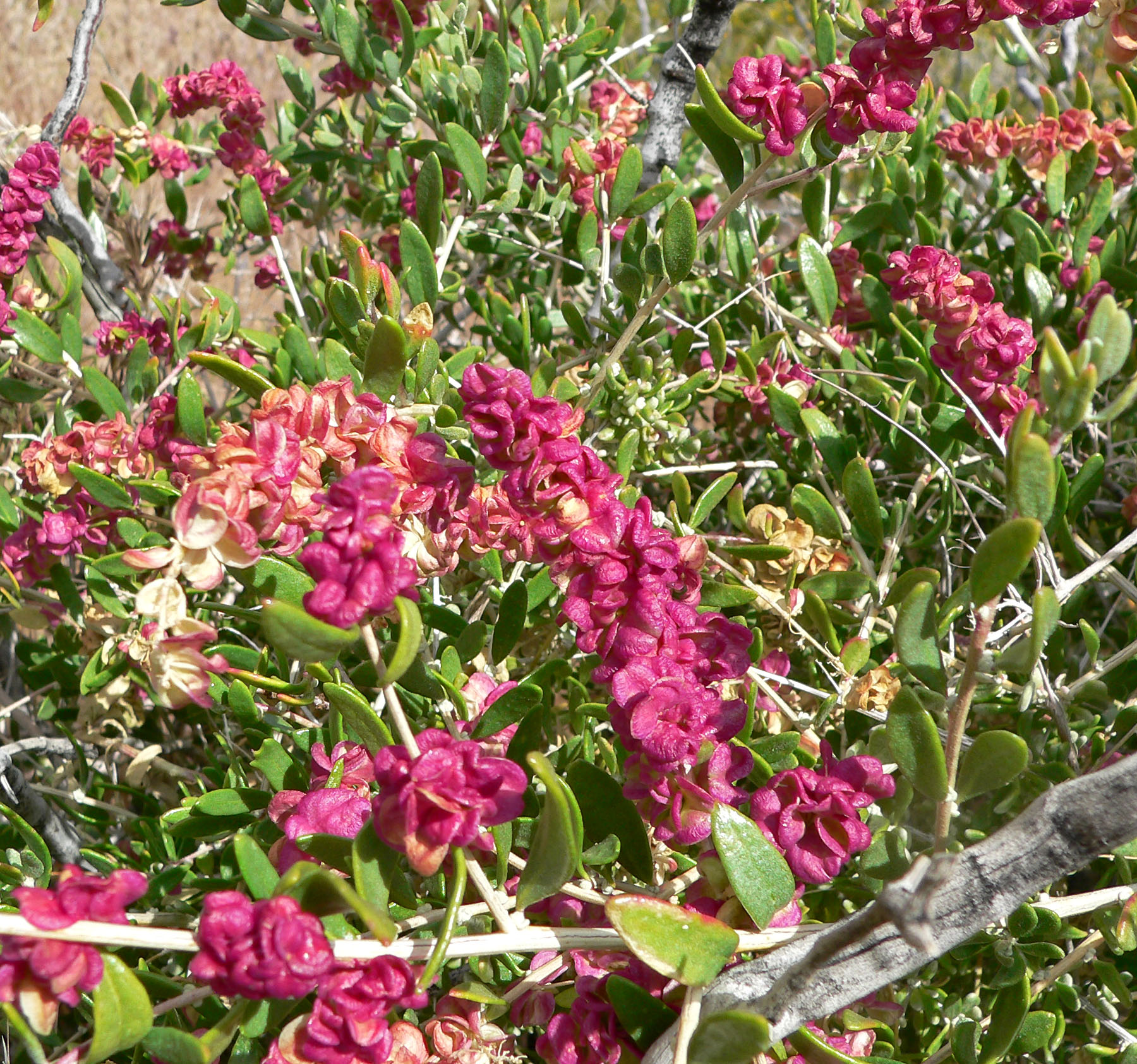
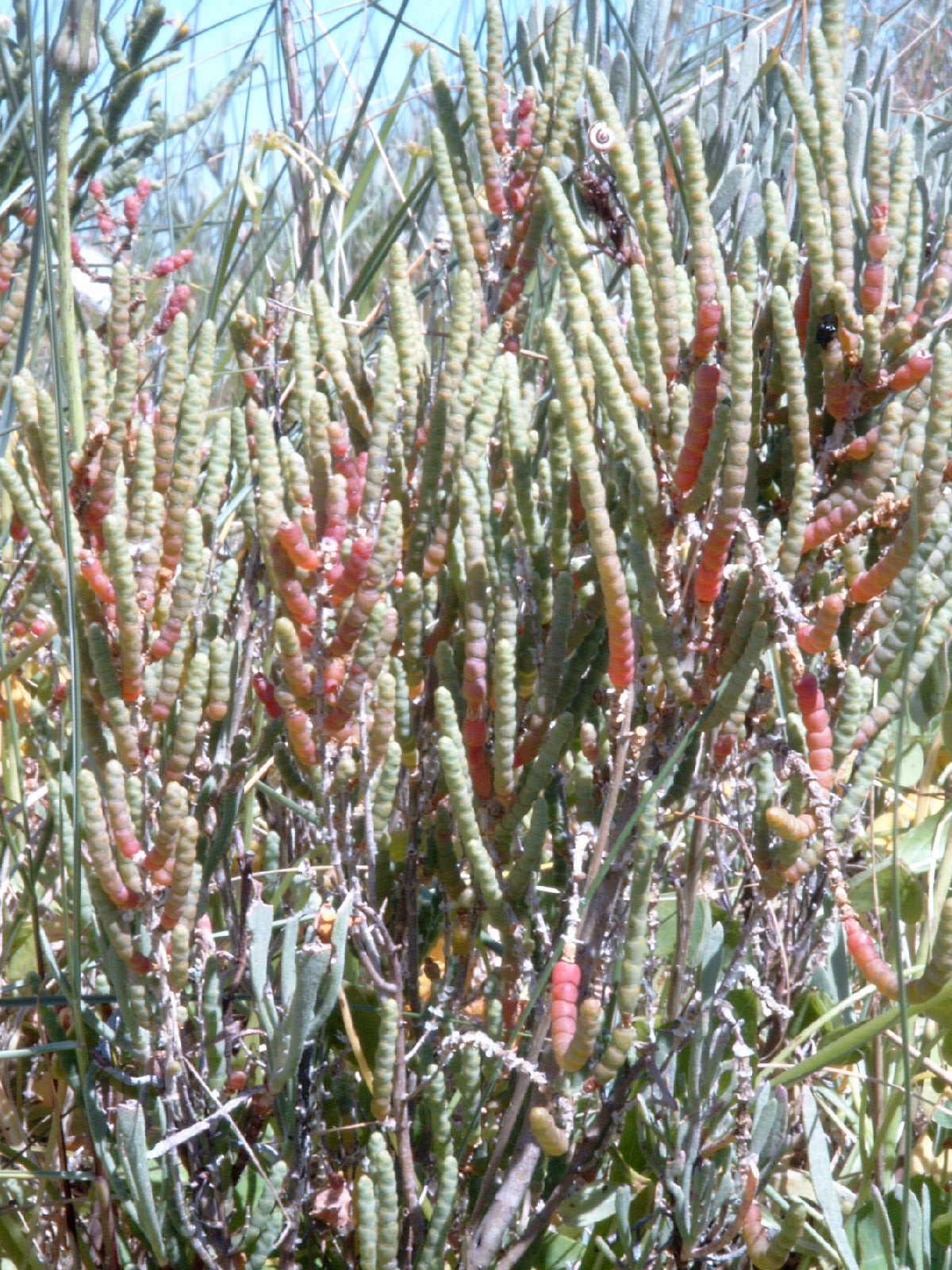

 In the
In the
The family Amaranthaceae
a
Genera of ''Amaranthaceae''
at Germplasm Resources Information Network (USDA) * *
Amaranthaceae
at Tropicos
i
IUCN link: Amaranthaceae threatened species
* Stanley L. Welsh, Clifford W. Crompton & Steven E. Clemants (2003)
Chenopodiaceae
in Flora of North America * Kenneth R. Robertson & Steven E. Clemants (2003)
Amaranthaceae
in Flora of North America * Gelin Zhu, Sergei L. Mosyakin & Steven E. Clemants (2003)
Chenopodiaceae
in Flora of China * Bojian Bao, Thomas Borsch & Steven E. Clemants (2003)
Amaranthaceae
in Flora of China {{Authority control Caryophyllales families
flowering plant
Flowering plants are plants that bear flowers and fruits, and form the clade Angiospermae (), commonly called angiosperms. The term "angiosperm" is derived from the Greek words ('container, vessel') and ('seed'), and refers to those plants t ...
s commonly known as the amaranth family, in reference to its type genus '' Amaranthus''. It includes the former goosefoot family Chenopodiaceae and contains about 165 genera and 2,040 species, making it the most species-rich lineage within its parent order
Order, ORDER or Orders may refer to:
* Categorization, the process in which ideas and objects are recognized, differentiated, and understood
* Heterarchy, a system of organization wherein the elements have the potential to be ranked a number of ...
, Caryophyllales.
Description
Vegetative characters
perennial
A perennial plant or simply perennial is a plant that lives more than two years. The term ('' per-'' + '' -ennial'', "through the years") is often used to differentiate a plant from shorter-lived annuals and biennials. The term is also widel ...
herb
In general use, herbs are a widely distributed and widespread group of plants, excluding vegetables and other plants consumed for macronutrients, with savory or aromatic properties that are used for flavoring and garnishing food, for medicina ...
s or subshrubs; others are shrub
A shrub (often also called a bush) is a small-to-medium-sized perennial woody plant. Unlike herbaceous plants, shrubs have persistent woody stems above the ground. Shrubs can be either deciduous or evergreen. They are distinguished from tree ...
s; very few species are vine
A vine (Latin ''vīnea'' "grapevine", "vineyard", from ''vīnum'' "wine") is any plant with a growth habit of trailing or scandent (that is, climbing) stems, lianas or runners. The word ''vine'' can also refer to such stems or runners themsel ...
s or tree
In botany, a tree is a perennial plant with an elongated stem, or trunk, usually supporting branches and leaves. In some usages, the definition of a tree may be narrower, including only woody plants with secondary growth, plants that are ...
s. Some species are succulent
In botany, succulent plants, also known as succulents, are plants with parts that are thickened, fleshy, and engorged, usually to retain water in arid climates or soil conditions. The word ''succulent'' comes from the Latin word ''sucus'', meani ...
. Many species have stems with thickened nodes. The wood of the perennial stem has a typical "anomalous" secondary growth; only in subfamily Polycnemoideae is secondary growth normal.
The leaves
A leaf ( : leaves) is any of the principal appendages of a vascular plant stem, usually borne laterally aboveground and specialized for photosynthesis. Leaves are collectively called foliage, as in "autumn foliage", while the leaves, st ...
are simple and mostly alternate, sometimes opposite. They never possess stipule
In botany, a stipule is an outgrowth typically borne on both sides (sometimes on just one side) of the base of a leafstalk (the petiole). Stipules are considered part of the anatomy of the leaf of a typical flowering plant, although in many speci ...
s. They are flat or terete, and their shape is extremely variable, with entire or toothed margins. In some species, the leaves are reduced to minute scales. In most cases, neither basal nor terminal aggregations of leaves occur.

Inflorescence and flowers
 The
The flower
A flower, sometimes known as a bloom or blossom, is the reproductive structure found in flowering plants (plants of the division Angiospermae). The biological function of a flower is to facilitate reproduction, usually by providing a mechanis ...
s are solitary or aggregated in cymes
An inflorescence is a group or cluster of flowers arranged on a stem that is composed of a main branch or a complicated arrangement of branches. Morphologically, it is the modified part of the shoot of seed plants where flowers are formed ...
, spikes, or panicle
A panicle is a much-branched inflorescence. (softcover ). Some authors distinguish it from a compound spike inflorescence, by requiring that the flowers (and fruit) be pedicellate (having a single stem per flower). The branches of a panicle are of ...
s and typically perfect (bisexual) and actinomorphic
Floral symmetry describes whether, and how, a flower, in particular its perianth, can be divided into two or more identical or mirror-image parts.
Uncommonly, flowers may have no axis of symmetry at all, typically because their parts are spirall ...
. Some species have unisexual flowers. Bract
In botany, a bract is a modified or specialized leaf, especially one associated with a reproductive structure such as a flower, inflorescence axis or cone scale. Bracts are usually different from foliage leaves. They may be smaller, larger, or o ...
s and bracteoles are either herbaceous or scarious. Flowers are regular with an herbaceous or scarious perianth of (one to) mostly five (rarely to eight) tepal
A tepal is one of the outer parts of a flower (collectively the perianth). The term is used when these parts cannot easily be classified as either sepals or petals. This may be because the parts of the perianth are undifferentiated (i.e. of very ...
s, often joined. One to five stamen
The stamen (plural ''stamina'' or ''stamens'') is the pollen-producing reproductive organ of a flower. Collectively the stamens form the androecium., p. 10
Morphology and terminology
A stamen typically consists of a stalk called the fila ...
s are opposite to tepals or alternating, inserting from a hypogynous disc, which may have appendages (pseudo staminodes) in some species. The anther
The stamen (plural ''stamina'' or ''stamens'') is the pollen-producing reproductive organ of a flower. Collectively the stamens form the androecium., p. 10
Morphology and terminology
A stamen typically consists of a stalk called the filam ...
s have two or four pollen sacs (locule
A locule (plural locules) or loculus (plural loculi) (meaning "little place" in Latin) is a small cavity or compartment within an organ or part of an organism (animal, plant, or fungus).
In angiosperms (flowering plants), the term ''locule'' usu ...
s). In tribe Caroxyloneae, anthers have vesicular appendages. The pollen
Pollen is a powdery substance produced by seed plants. It consists of pollen grains (highly reduced microgametophytes), which produce male gametes (sperm cells). Pollen grains have a hard coat made of sporopollenin that protects the gametop ...
grains are spherical with many pores (pantoporate), with pore numbers from a few to 250 (in ''Froelichia
''Froelichia'', or snakecotton, is a genus of plants in the family Amaranthaceae
Amaranthaceae is a family of flowering plants commonly known as the amaranth family, in reference to its type genus ''Amaranthus''. It includes the former goosef ...
''). One to three (rarely six) carpel
Gynoecium (; ) is most commonly used as a collective term for the parts of a flower that produce ovules and ultimately develop into the fruit and seeds. The gynoecium is the innermost whorl of a flower; it consists of (one or more) '' pistils' ...
s are fused to a superior ovary
The ovary is an organ in the female reproductive system that produces an ovum. When released, this travels down the fallopian tube into the uterus, where it may become fertilized by a sperm. There is an ovary () found on each side of the body. ...
with one (rarely two) basal ovule. Idioblasts are found in the tissues.
Fruits and seeds
Thediaspore
Diaspore , also known as diasporite, empholite, kayserite, or tanatarite, is an aluminium oxide hydroxide mineral, α-AlO(OH), crystallizing in the orthorhombic system and isomorphous with goethite. It occurs sometimes as flattened crystals, but ...
s are seed
A seed is an embryonic plant enclosed in a protective outer covering, along with a food reserve. The formation of the seed is a part of the process of reproduction in seed plants, the spermatophytes, including the gymnosperm and angiosper ...
s or fruit
In botany, a fruit is the seed-bearing structure in flowering plants that is formed from the ovary after flowering.
Fruits are the means by which flowering plants (also known as angiosperms) disseminate their seeds. Edible fruits in partic ...
s ( utricles), more often the perianth persists and is modified in fruit for means of dispersal. Sometimes even bracts and bracteoles may belong to the diaspore. More rarely the fruit is a circumscissile capsule or a berry
A berry is a small, pulpy, and often edible fruit. Typically, berries are juicy, rounded, brightly colored, sweet, sour or tart, and do not have a stone or pit, although many pips or seeds may be present. Common examples are strawberries, rasp ...
. The horizontal or vertical seed often has a thickened or woody seed coat. The green or white embryo is either spirally (and without perisperm) or annular (rarely straight).
Chromosome number
The basicchromosome
A chromosome is a long DNA molecule with part or all of the genetic material of an organism. In most chromosomes the very long thin DNA fibers are coated with packaging proteins; in eukaryotic cells the most important of these proteins ar ...
number is (rarely 6) mostly 8–9 (rarely 17).
Phytochemistry
Widespread in the Amaranthaceae is the occurrence of betalain pigments. The former Chenopodiaceae often contain isoflavonoids. In phytochemical research, several methylenedioxyflavonols, saponins, triterpenoids, ecdysteroids, and specific root-locatedcarbohydrates
In organic chemistry, a carbohydrate () is a biomolecule consisting of carbon (C), hydrogen (H) and oxygen (O) atoms, usually with a hydrogen–oxygen atom ratio of 2:1 (as in water) and thus with the empirical formula (where ''m'' may or m ...
have been found in these plants.
Photosynthesis pathway
Although most of the family use the more common photosynthesis pathway, around 800 species are plants; this makes the Amaranthaceae the largest group with thisphotosynthesis
Photosynthesis is a process used by plants and other organisms to convert light energy into chemical energy that, through cellular respiration, can later be released to fuel the organism's activities. Some of this chemical energy is stored in ...
pathway among the eudicot
The eudicots, Eudicotidae, or eudicotyledons are a clade of flowering plants mainly characterized by having two seed leaves upon germination. The term derives from Dicotyledons.
Traditionally they were called tricolpates or non-magnoliid dico ...
s (which collectively includes about 1,600 species). Within the family, several types of photosynthesis occur, and about 17 different types of leaf anatomy are realized. Therefore, this photosynthesis pathway seems to have developed about 15 times independently during the evolution of the family. About two-thirds of the species belong to the former Chenopodiaceae. The first occurrence of photosynthesis dates from the early Miocene
The Miocene ( ) is the first geological epoch of the Neogene Period and extends from about (Ma). The Miocene was named by Scottish geologist Charles Lyell; the name comes from the Greek words (', "less") and (', "new") and means "less recen ...
, about 24 million years ago, but in some groups, this pathway evolved much later, about 6 (or less) million years ago.
The multiple origin of photosynthesis in the Amaranthaceae is regarded as an evolutionary response to inexorably decreasing atmospheric levels, coupled with a more recent permanent shortage in water supply as well as high temperatures. Species with higher water-use efficiency had a selective advantage and were able to spread out into arid habitats.
Distribution
Amaranthaceae is a widespread and cosmopolitan family from the tropics to cool temperate regions. The Amaranthaceae (''sensu stricto'') are predominantly tropical, whereas the former Chenopodiaceae have their centers of diversity in dry temperate and warm temperate areas. Many of the species arehalophyte
A halophyte is a salt-tolerant plant that grows in soil or waters of high salinity, coming into contact with saline water through its roots or by salt spray, such as in saline semi-deserts, mangrove swamps, marshes and sloughs and seashores. Th ...
s, tolerating salty soils, or grow in dry steppes or semi-deserts.
Economic importance
Some species, such asspinach
Spinach (''Spinacia oleracea'') is a leafy green flowering plant native to central and western Asia. It is of the order Caryophyllales, family Amaranthaceae, subfamily Chenopodioideae. Its leaves are a common edible vegetable consumed either f ...
('' Spinacia oleracea'') or forms of beet (''Beta vulgaris
''Beta vulgaris'' (beet) is a species of flowering plant in the subfamily Betoideae of the family Amaranthaceae. Economically, it is the most important crop of the large order Caryophyllales. It has several cultivar groups: the sugar beet, of gr ...
'') (beetroot
The beetroot is the taproot portion of a beet plant, usually known in North America as beets while the vegetable is referred to as beetroot in British English, and also known as the table beet, garden beet, red beet, dinner beet or golden bee ...
, chard
Chard or Swiss chard (; '' Beta vulgaris'' subsp. ''vulgaris'', Cicla Group and Flavescens Group) is a green leafy vegetable. In the cultivars of the Flavescens Group, the leaf stalks are large and often prepared separately from the leaf bl ...
), are used as vegetable
Vegetables are parts of plants that are consumed by humans or other animals as food. The original meaning is still commonly used and is applied to plants collectively to refer to all edible plant matter, including the edible flower, flowers, ...
s. Forms of ''Beta vulgaris'' include fodder beet ('' Mangelwurzel'') and sugar beet
A sugar beet is a plant whose root contains a high concentration of sucrose and which is grown commercially for sugar production. In plant breeding, it is known as the Altissima cultivar group of the common beet ('' Beta vulgaris''). Together ...
. The seeds of '' Amaranthus'', lamb's quarters (''Chenopodium berlandieri''), quinoa
Quinoa (''Chenopodium quinoa''; , from Quechua ' or ') is a flowering plant in the amaranth family. It is a herbaceous annual plant grown as a crop primarily for its edible seeds; the seeds are rich in protein, dietary fiber, B vitamins, ...
(''Chenopodium quinoa'') and kañiwa
''Chenopodium pallidicaule'', known as ''cañihua'', ''canihua'' or ''cañahua'' (from Quechua ''qañiwa, qañawa or qañawi'') and also kaniwa, is a species of goosefoot, similar in character and uses to the closely related ''quinoa'' ''(Chenopo ...
(''Chenopodium pallidicaule'') are edible and are used as pseudocereals.
''Dysphania ambrosioides
''Dysphania ambrosioides'', formerly ''Chenopodium ambrosioides'', known as Jesuit's tea, Mexican-tea, ''payqu'' ''(paico)'', ''epazote'', ''mastruz'', or ''herba sanctæ Mariæ'', is an annual or short-lived perennial herb native to Central ...
'' (epazote) and ''Dysphania anthelmintica'' are used as medicinal herbs
Medicinal plants, also called medicinal herbs, have been discovered and used in traditional medicine practices since prehistoric times. Plants synthesize hundreds of chemical compounds for various functions, including defense and protection ag ...
. Several amaranth species are also used indirectly as a source of soda ash, such as members of the genus ''Salicornia
''Salicornia'' is a genus of succulent, halophytic (salt tolerant) flowering plants in the family Amaranthaceae that grow in salt marshes, on beaches, and among mangroves. ''Salicornia'' species are native to North America, Europe, Central As ...
'' (see glasswort
The glassworts are various succulent, annual halophytic plants, that is, plants that thrive in saline environments, such as seacoasts and salt marshes. The original English glasswort plants belong to the genus '' Salicornia'', but today the gla ...
).
A number of species are popular garden ornamental plant
Ornamental plants or garden plants are plants that are primarily grown for their beauty but also for qualities such as scent or how they shape physical space. Many flowering plants and garden varieties tend to be specially bred cultivars that ...
s, especially species from the genera '' Alternanthera'', '' Amaranthus'', '' Celosia'', and ''Iresine
''Iresine'' is a genus of flowering plants in the family Amaranthaceae. It contains 20 to 25 species, all of which are native to the American tropics. The generic name is derived from the Greek word εριος (''erios''), meaning "wooly", refer ...
''. Other species are considered weeds, e.g., redroot pigweed ('' Amaranthus retroflexus'') and alligatorweed ('' Alternanthera philoxeroides''), and several are problematic invasive species
An invasive species otherwise known as an alien is an introduced organism that becomes overpopulated and harms its new environment. Although most introduced species are neutral or beneficial with respect to other species, invasive species adv ...
, particularly in North America, including '' Kali tragus'' and '' Bassia scoparia''. Many species are known to cause pollen allergies./ref>
Systematics






 In the
In the APG IV system
The APG IV system of flowering plant classification is the fourth version of a modern, mostly molecular-based, system of plant taxonomy for flowering plants (angiosperms) being developed by the Angiosperm Phylogeny Group (APG). It was published ...
of 2016, as in the previous Angiosperm Phylogeny Group
The Angiosperm Phylogeny Group (APG) is an informal international group of systematic botanists who collaborate to establish a consensus on the taxonomy of flowering plants (angiosperms) that reflects new knowledge about plant relationships disc ...
classifications, the family is placed in the order Caryophyllales and includes the plants formerly treated as the family Chenopodiaceae. The monophyly of this broadly defined Amaranthaceae has been strongly supported by both morphological and phylogenetic
In biology, phylogenetics (; from Greek φυλή/ φῦλον [] "tribe, clan, race", and wikt:γενετικός, γενετικός [] "origin, source, birth") is the study of the evolutionary history and relationships among or within groups ...
analyses.
The family Amaranthaceae was first published in 1789 by Antoine Laurent de Jussieu
Antoine Laurent de Jussieu (; 12 April 1748 – 17 September 1836) was a French botanist, notable as the first to publish a natural classification of flowering plants; much of his system remains in use today. His classification was based on an ...
in ''Genera Plantarum'', p. 87–88. The first publication of family Chenopodiaceae was in 1799 by Étienne Pierre Ventenat in ''Tableau du Regne Vegetal'', 2, p. 253. The older name has priority and is now the valid scientific name of the extended Amaranthaceae (''s.l.'' = ''sensu lato'').
Some publications still continued to use the family name Chenopodiaceae. Phylogenetic research revealed the important impact of the subfamily Polycnemoideae on the classification (see cladogram): if Polycnemoideae are considered a part of Chenopodiaceae, then Amaranthaceae (''s.str.'' = ''sensu stricto'') have to be included, too, and the name of the extended family is Amaranthaceae. If Polycnemoideae would be separated as its own family, Chenopodiaceae and Amaranthaceae (''s.str.'') would form two distinct monophyletic
In cladistics for a group of organisms, monophyly is the condition of being a clade—that is, a group of taxa composed only of a common ancestor (or more precisely an ancestral population) and all of its lineal descendants. Monophyletic gr ...
groups and could be treated as two separate families.
Amaranthaceae (''s.l.'') includes the former families Achyranthaceae , Atriplicaceae , Betaceae , Blitaceae , Celosiaceae , Chenopodiaceae ''nom. cons.'', Corispermaceae , Deeringiaceae , Dysphaniaceae ''nom. cons.'', Gomphrenaceae , Polycnemaceae , Salicorniaceae , Salsolaceae , and Spinaciaceae .
The systematics of Amaranthaceae are the subject of intensive recent research. Molecular genetic studies revealed the traditional classification, based on morphological and anatomical characters, often did not reflect the phylogenetic relationships.
The former Amaranthaceae (in their narrow circumscription) are classified into two subfamilies, Amaranthoideae and Gomphrenoideae, and contain about 65 genera and 900 species in tropical Africa
Africa is the world's second-largest and second-most populous continent, after Asia in both cases. At about 30.3 million km2 (11.7 million square miles) including adjacent islands, it covers 6% of Earth's total surface area ...
and North America
North America is a continent in the Northern Hemisphere and almost entirely within the Western Hemisphere. It is bordered to the north by the Arctic Ocean, to the east by the Atlantic Ocean, to the southeast by South America and th ...
. The Amaranthoideae and some genera of Gomphrenoideae were found to be polyphyletic
A polyphyletic group is an assemblage of organisms or other evolving elements that is of mixed evolutionary origin. The term is often applied to groups that share similar features known as homoplasies, which are explained as a result of conver ...
, so taxonomic changes are needed.
Current studies classified the species of former Chenopodiaceae to eight distinct subfamilies (the research is not yet completed): Polycnemoideae, which are regarded as a basal lineage, Betoideae, Camphorosmoideae, Chenopodioideae
The Chenopodioideae are a subfamily of the flowering plant family Amaranthaceae in the APG III system, which is largely based on molecular phylogeny, but were included - together with other subfamilies - in family Chenopodiaceae in the Cronqui ...
, Corispermoideae, Salicornioideae, Salsoloideae
The Salsoloideae are a subfamily of the Amaranthaceae, formerly in family Chenopodiaceae.
Description
These are herbs, subshrubs, shrubs and some trees. Stems and leaves are often succulent. The ovary contains a spiral embryo. In most genera ...
, and Suaedoideae. In this preliminary classification, the Amaranthaceae ''s.l.'' are divided into 10 subfamilies with approximately 180 genera and 2,500 species.
Genera
A short synoptic list of genera is given here. For further and more detailed information, see the subfamily pages.References
External links
* *The family Amaranthaceae
a
Genera of ''Amaranthaceae''
at Germplasm Resources Information Network (USDA) * *
Amaranthaceae
at Tropicos
i
IUCN link: Amaranthaceae threatened species
* Stanley L. Welsh, Clifford W. Crompton & Steven E. Clemants (2003)
Chenopodiaceae
in Flora of North America * Kenneth R. Robertson & Steven E. Clemants (2003)
Amaranthaceae
in Flora of North America * Gelin Zhu, Sergei L. Mosyakin & Steven E. Clemants (2003)
Chenopodiaceae
in Flora of China * Bojian Bao, Thomas Borsch & Steven E. Clemants (2003)
Amaranthaceae
in Flora of China {{Authority control Caryophyllales families